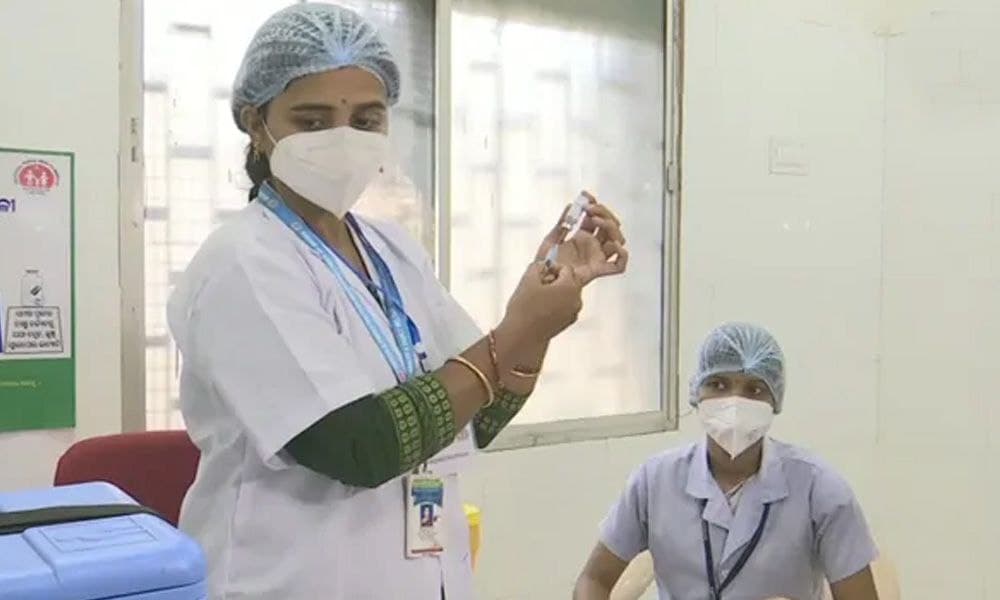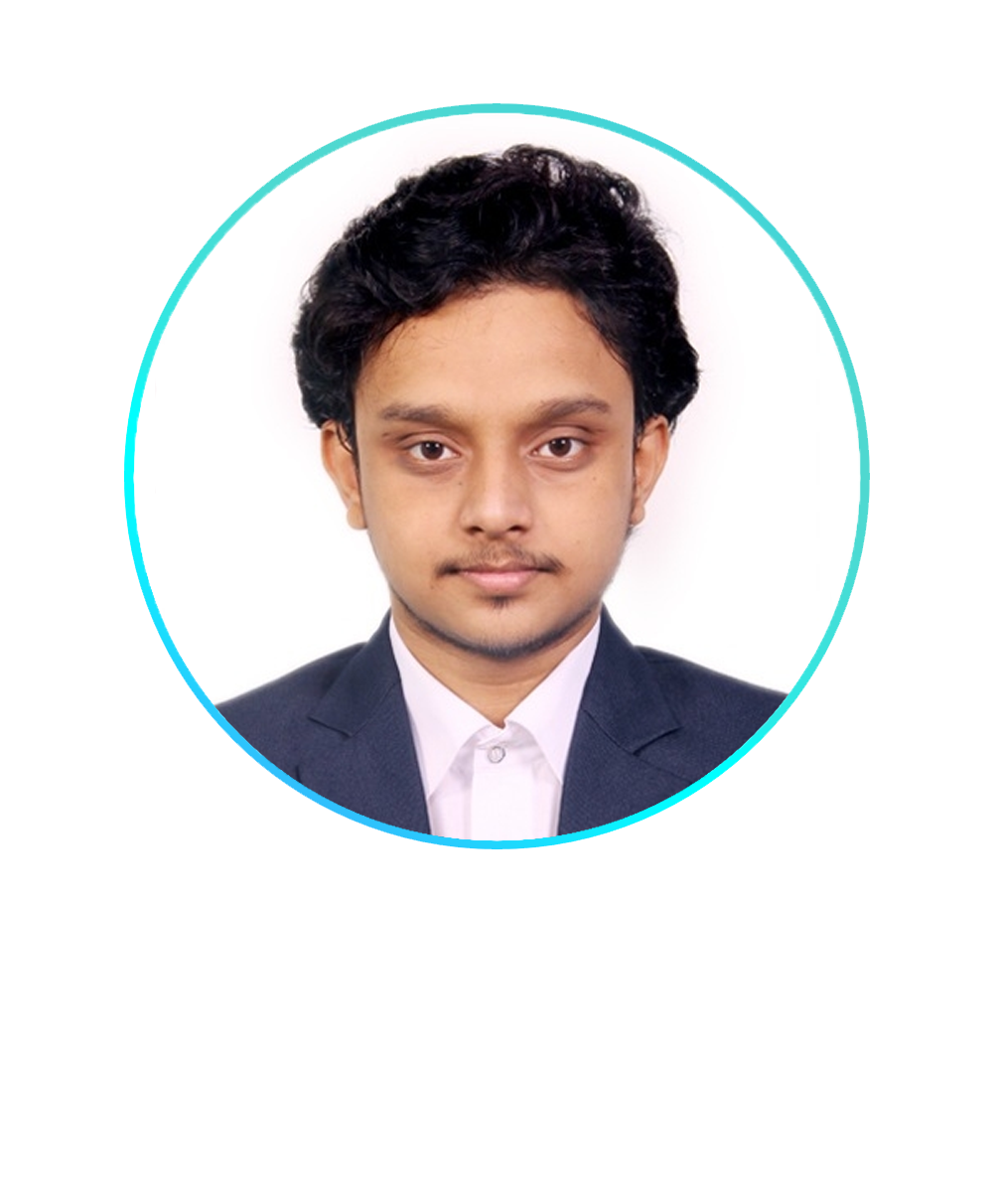
Image Credit: NDTV
The Many Challenges Of Vaccinating World's Second Most Populous Country
Writer: Anuran Sadhu
A post grad journalism student of SIMC, Pune with a passion for using words to get my message across in the most unique ways possible and curiosity is the force that drives me to learn and experience more every day.
India, 22 Jun 2021 2:13 PM GMT
Editor : Madhusree Goswami |
A mountain girl trying to make it big in the city. She loves to travel and explore and hence keen on doing on-ground stories. Giving the crux of the matter through her editing skills is her way to pay back the journalism its due credit.
Creatives : Anuran Sadhu
A post grad journalism student of SIMC, Pune with a passion for using words to get my message across in the most unique ways possible and curiosity is the force that drives me to learn and experience more every day.
Vaccinating around 1.3 billion Indians is a challenge enough and it is aggravated by a changing vaccine policy, shortage of jabs, hesitancy among people.
In a country with over 1.3 billion people, vaccinating against COVID is the only weapon at our disposal to prevent a third wave. But solutions are seldom that easy, and India has hit several roadblocks on the way. Ever since the vaccination drive started, the campaign hit a snag almost immediately due to shortages, followed by a complicated vaccine policy, and most importantly, vaccine hesitancy.
Shortage Of Vaccines
India's vaccine drive started on January 16. While it is one of the world's biggest vaccine manufacturers, the initial policy of exporting a large chunk of around 64 million doses to other countries left the country grappling with shortages. Around March, there was a huge surge in COVID cases and it brought the healthcare system down on its knees. At the time, India was vaccinating those most vulnerable for free, but states flagged shortages. Till June 19, just under 3.6 per cent of the population had received both doses of vaccine.
Constantly Changing Vaccine Policy
India has executed large immunisation programmes before. But from May, when the second wave had already arrived, the Centre decided to buy just half of all vaccines produced for use in India and give them out to healthcare and frontline workers above 45. The other half was made available for the states and private hospitals to buy directly and distribute among people between the age of 18 and 45.
The states had never had to purchase vaccines before, and that is where problems arose came. Moreover, with a limited supply of vaccines, the states had to compete amongst themselves and the private hospitals. Meanwhile, the policy was expanded to all adults, but the shortage remained. Several states floated global tenders for direct vaccine procurement. Earlier this month, the Centre changed its policy and decided to procure 75 per cent of all vaccines and distribute it among the states, and the remaining 25% were left to private hospitals, according to Medical Xpress.
Vaccine Hesitancy
While the new policy ends the complexity of buying and distributing vaccines, one problem still remains— vaccine hesitancy. Fuelled by misinformation and mistrust, there is still a widespread vaccine hesitancy, especially in rural India, where two-thirds of the country's population lives.
Healthcare workers are on the receiving end of the stiff resistance against the vaccine. Thanks to WhatsApp forwards and videos doing the rounds, many believe that vaccines can cause impotence, serious side effects, and even kill, while others feel immune to coronavirus. In one instance last month, some villagers in Uttar Pradesh's Barabanki district jumped into a river to escape vaccination shots. A rumour had spread in the village about the vaccine being a poisonous injection.
Additionally, almost in every state in India, more men are getting vaccinated than women. One reason for fear of vaccines among women is based on rumours suggesting that they will disrupt the menstrual cycle and reducing fertility. Therefore, the gap between vaccinated men and women is only widening. According to official data, the vaccination rate is even lower in tribal villages, as quashing anti-vaccine rumours and conspiracy theories are more complex in those areas. Some even believe the vaccine is more dangerous than the virus itself.
The Solution
The World Health Organization recognised vaccine hesitancy as a top threat to global health. Unlike the US, where anti-vaxxers stage protests against vaccination, though the resistance is not that vocal, it is equally strong in India. To counter the hesitancy, the state governments in India have pushed aggressive awareness campaigns through posters, radio, television etc. In remote villages, local administrations have started giving rides to vaccination centres, as well. Volunteers have carried out door-to-door surveys to encourage people to get the jab and spread the word.
While PM Modi and other leaders have repeatedly spoken about the need to get vaccinated, the health experts feel more needs to be done. According to Mint, K Srinath Reddy, president of the Public Health Foundation of India, said, "We need to explain it clearly to people, ideally through local trusted networks." He also said state governments should support local self-help groups, village councils and ask local religious leaders to convince people to get the jab. A conversation would help more than a top-down message, according to Reddy.
Dr Vinod K Paul, head of the country's COVID-19 task force, also stressed on the importance of public participation to dispel rumours and misinformation. Virologists and public health experts believe vaccinating the rural areas is of paramount importance as they are much more vulnerable to the sweeping pandemic. But not everyone is convinced. With less than 5 per cent of the country fully vaccinated, India is far from reaching complete vaccination.
Also Read: Is Vaccine Hesitancy Plaguing Rural India? Less Than 0.5 % Have Registered
 All section
All section














